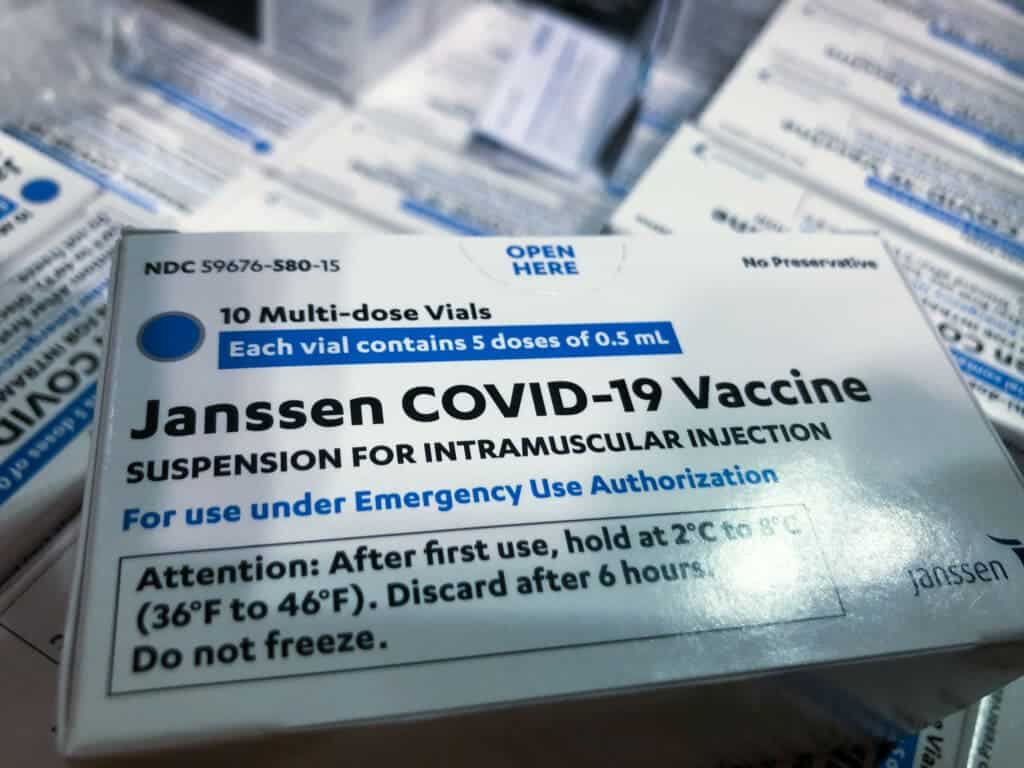You’ve probably heard of the placebo effect — when patients think they’re getting an actual drug but they’re just getting a sugar pill or a hollow shell — and they recover just like they had been taking the actual drug. But the placebo effect also has a negative side, called the nocebo effect, when patients exhibit negative side effects after taking treatments with no pharmacological effects. This could be the case with some COVID-19 vaccines.

In a meta-analysis of placebo-controlled COVID-19 vaccine trials, researchers compared the rate of adverse effects reported by those who got the vaccines to the one by patients who got the placebo shot (as in, an empty shot that isn’t actually a vaccine). Overall, two-thirds of participants reported adverse effects such as headaches and fatigue — including the ones in the placebo group.
In other words, a lot of the people reporting side effects didn’t get the vaccine at all. Instead, it was the nocebo effect giving them side effects, researchers argue.
“Nonspecific symptoms like headache and fatigue are listed among the most common adverse reactions following COVID-19 vaccination in many information leaflets,” senior author Ted Kaptchuk said in a statement. “This sort of information may cause people to misattribute common daily background sensations as arising from the vaccine.”
The researchers analyzed data from 12 clinical trials of Covid-19 vaccines. Trials included adverse effect reports from over 22,000 placebo recipients and 22,000 vaccine recipients. After the first shot, over 35% of those who got the placebo had adverse effects such as headaches and 16% reported a local event, such as swelling.
In comparison, 46% of vaccine recipients had at least one adverse effect, with two-thirds reporting at least one local event. While they had the actual vaccine treatment, researchers argue that at least some of their side effects can be attributed to the nocebo effect — considering some of the same effects happened in the placebo group.
The researchers then looked at the side effects after the second shot. The rate of headaches and systemic symptoms was twice as high in those who got the vaccine compared to the placebo group, at 61% and 32% respectively. The gap was larger for local events, reaching 73% in vaccine recipients and 12% in the placebo group.
“Collecting systematic evidence regarding these nocebo responses in vaccine trials is important for COVID-19 vaccination worldwide, especially because concern about side effects is reported to be a reason for vaccine hesitancy,” lead author Julia W. Haas, PhD, an investigator at the Beth Israel Deaconess Medical Center, said in a statement.
The side effects of COVID-19
With over five million deaths worldwide because of the ongoing pandemic, vaccination programs have been very successful in reducing the number of new infections and the number of hospitalizations. However, about 20% of the population still refuse vaccination. In 2019, before the COVID-19 pandemic, the WHO described vaccination hesitancy as a global threat — and this year, we saw just how big of a threat this can be.
Common symptoms such as headache and fatigue, which the study has associated with the nocebo effect, are listed among the most common adverse effects of COVID-19 in many information leaflets. This information can increase nocebo mechanisms and make patients falsely attribute symptoms to vaccination.
Full disclosure and education about nocebo effects could be helpful to address this, the researchers argued. Adding simple and accurate information about nocebo to the informed consent procedure can reduce medication-related adverse effects. Highlighting the possibility of not experiencing adverse effects can also be beneficial, they conclude.
The study was published in the journal JAMA.









